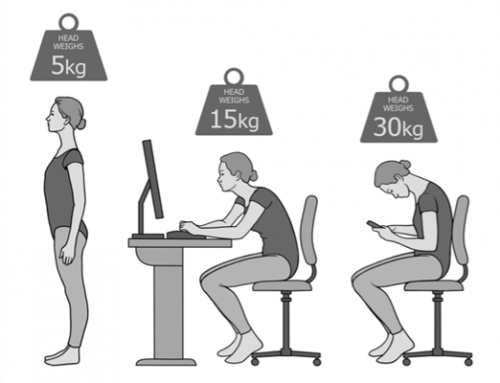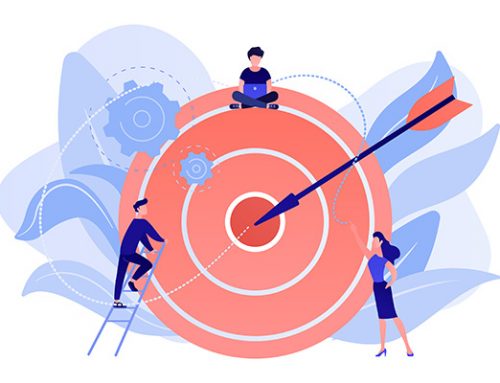I’ve got a riddle for you: what is something that no body wants, but everyone needs to survive? The answer is actually pain.
It’s a truly horrible experience, but it is actually incredibly important in keeping us safe from harm, informing us of danger and helping us avoid damaging our bodies. Well, that’s at least when it’s working accurately. Unfortunately our pain systems aren’t perfect and sometimes pain becomes persistent. When it does it can be debilitating, crippling and life changing.
The first thing to understand about pain, is that it occurs in the brain. It may be hard to believe, but pain doesn’t actually tell us about how much we have damaged our body. It actually tells us about how much danger our brain BELIEVES we are in. This may be real danger, or it may be potential danger that our brain identifies. Let’s look at an example: when we cut ourselves, a message is sent to the brain to let us know something has changed in skin. The brain then takes in this information, analyses the environment, draws on past experiences that were similar, decides how much danger it thinks we are in and then produces a pain response in proportion to this.
So the hurt we feel doesn’t always equal the amount of harm to the body. The hurt we feel actually equals the amount of perceived threat by the brain. Sometimes this perceived threat is accurate, but sometimes it’s not.
Think about the last time you stubbed your toe… it’s excruciating! But if you were a professional runner and you did this, the pain would be much, more because of the perceived threat to your livelihood, especially just before a big race. If last time you stubbed your toe, you fractured the bone and were on crutches, you would feel more pain this time because of the memory of your past experience. On the flip side, if you stubbed your toe with the exact same force whilst running away from an aggressive dog, you probably wouldn’t feel any pain in your toe at all. The brain has more important things to worry about, so the toe injury is not as important!
So there are many factors involved in pain, such as context (how could this injury affect my livelihood?), environment, past experience, and your current emotional state.
The science of pain is incredibly fascinating, complex and ever-evolving. In recent years we have seen amazing advances in what we know about pain and how it is treated. It is really important to see a health professional to get a clear diagnosis and understanding of where your pain is coming from, so that an effective treatment plan can be implemented.
Written by Caelum Trott
Physiotherapist, APAM
Reference:
Butler D., Moseley L., (2016) Explain Pain. Adelaide, SA: Noigroup publications.






